We don't work with Mac recovery every day, so it's hard to remember all the basic procedures and keyboard shortcuts. In today's article, we will guide you through all the variations of recovery mode for all possible purposes.
Whether you need to put your Mac into recovery mode to boot from a USB flash drive or because you're experiencing technical issues, it's always helpful to know keyboard shortcuts that will make your work noticeably faster and easier. Thanks to them, you can interrupt the classic Mac startup process and possibly also change the way the operating system behaves after you log in. Knowing the keyboard shortcuts is also useful in case of troubleshooting.
Boot from USB or external drive
Startup Manager on Mac prevents your computer from booting from the default startup disk. Instead, you will get a menu in the form of a list of all connected devices, including USB and external drives. This option is especially useful in cases where you need to try a Linux distribution or another operating system from a flash drive on your computer. For this boot method, turn on your Mac in the classic way, then hold down the left Alt (Option) key along with the power button.
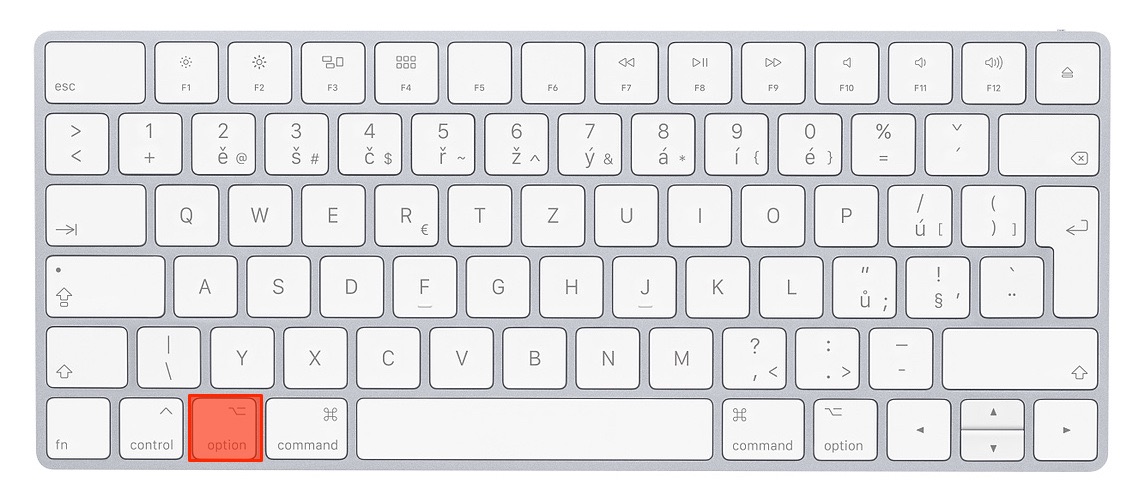
Booting in safe mode (Safe Boot)
If you're having trouble booting up your Mac, you can help yourself by using Safe Mode, which allows your computer to run only with the essentials to start the operating system. At the same time, errors will be checked and corrected. When booting in safe mode, the classic process of logging in or using some elements installed by the user does not occur, caches are cleared and only the most necessary kernel extensions are loaded. To boot into safe mode, hold down the left Shift key while starting up your Mac.
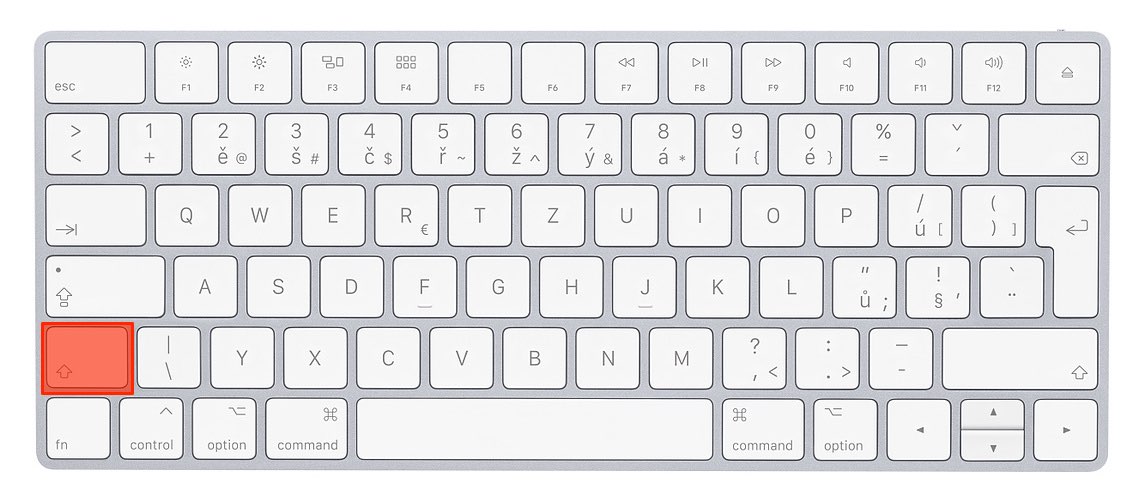
Hardware test / Diagnostics
The tool we describe in this paragraph is called Apple Hardware Test or Apple Diagnostics, depending on the age of your Mac. It is a useful set of troubleshooting tools. These tools are able to reliably detect noticeable problems occurring on the hardware, be it problems with the battery, processor or other components. You can activate the hardware test for Macs whose production date is older than June 2013 (for newer models it is Apple diagnostics) by holding down the D key at startup. The tool can also be started from the Internet using the keyboard shortcut Option (alt) + D. The second mentioned method will come in handy if you have problems with the disk.
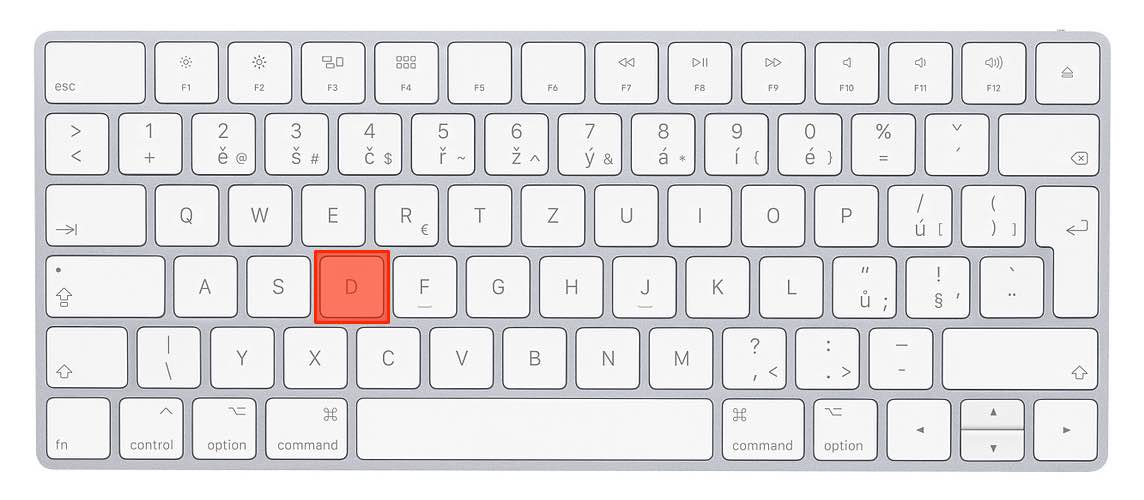
Reset PRAM/NVRAM
By resetting NVRAM and PRAM, you can solve problems related to sound volume, display resolution, time zone settings, startup and other parameters. This reset requires a bit more advanced finger gymnastics, but it's not difficult. While turning on your Mac, press and hold Alt + Command + P + R for at least twenty seconds. If you're resetting a MacBook Pro, hold the keys until the Apple logo appears a second time and disappears again.

Reset the SMC
SMC is an abbreviation for System Management Controller, i.e. the controller for managing the system on the Mac. It takes care of aspects such as temperature control, sudden motion sensor, ambient light sensor, battery status indicator and many others. Reset the SMC by simultaneously pressing the power button and the Shift + Control + Alt (Option) keys.

Recovery mode
Recovery mode is the way to solve many problems with macOS / OS X. The recovery partition is a separate part of macOS. You can use it, for example, to repair a disk using Disk Utility, access Terminal, or restore your Mac by reinstalling the operating system. Press and hold Command + R to activate recovery mode.
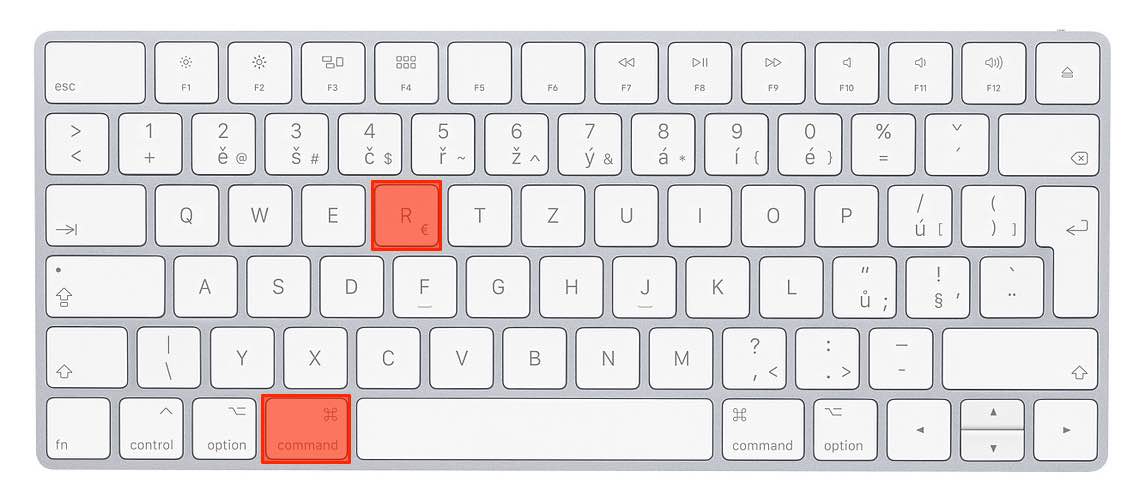
Disk mode
Disk Mode is a great tool that lets you transfer files from one Mac to another. By running this mode, you will connect both Macs to each other and you can start the file copying process. After connecting the two computers to each other via Thunderbolt, FireWire or USB-C interface, press the T key together with the power button, then you can start transferring files.
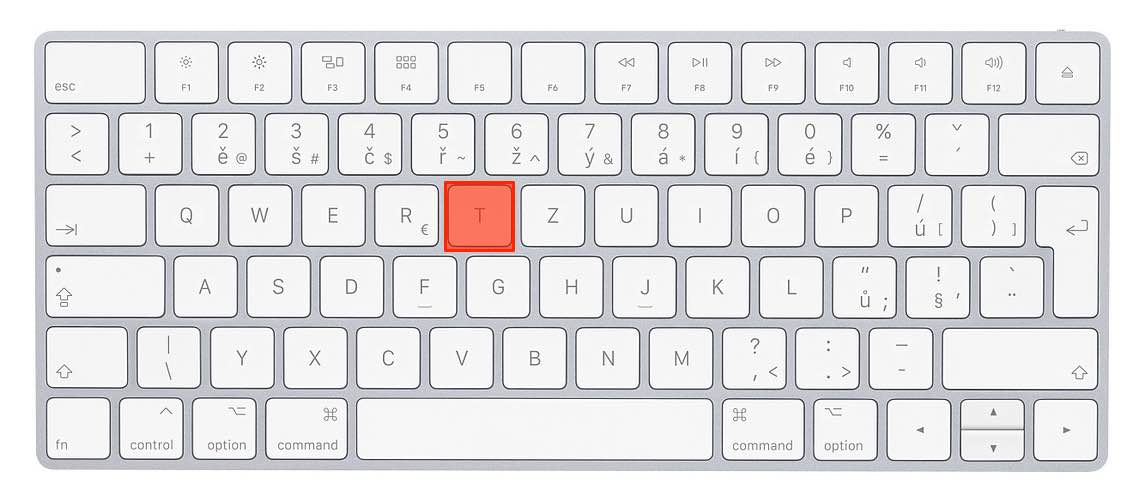
Single user mode
Single-user mode on the Mac works in a text-based environment with no graphical user interface and no startup disks. This mode allows users to solve boot problems on their Mac. After activating it, you can, for example, repair a faulty disk, copy files from one drive to another, or open problematic optical drives - but you need to know the relevant text commands. To boot a Mac in single-user mode, press the Power button and Command + S at the same time.
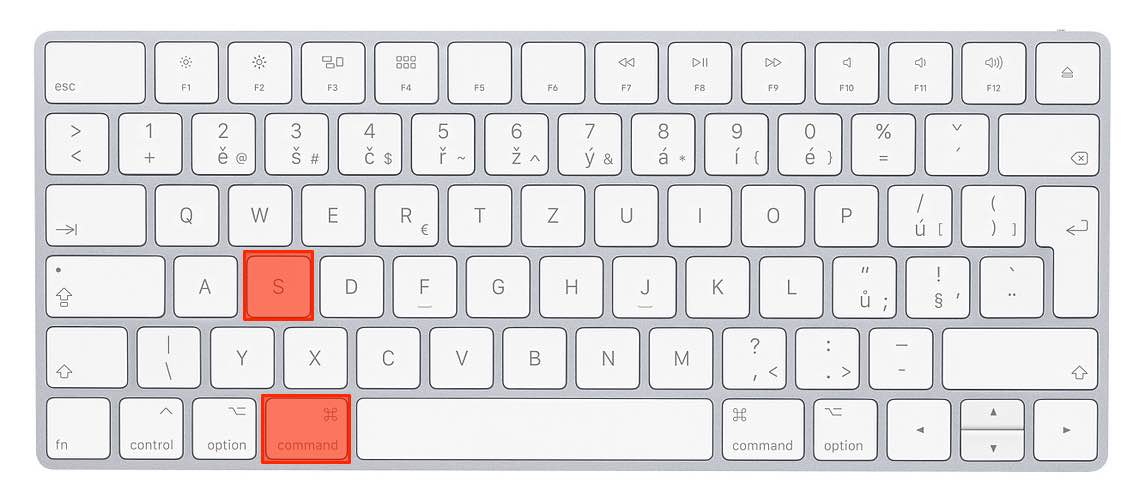
Commented mode
As the name suggests, in commented mode on the Mac, the usual "boot" interface is replaced with a detailed report, describing the processes that take place on your Mac during startup. Commented mode is useful in cases where you're trying to detect a startup error on your Mac, and you launch it using the keyboard shortcut Cmd + V.
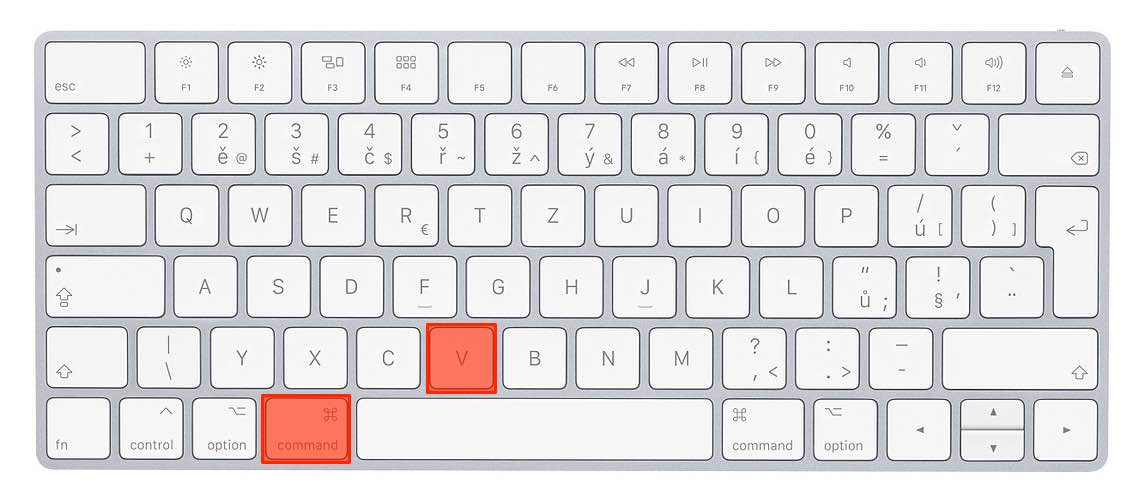
Booting from an optical disc
If you own one of the older Macs that still has optical drives, you can create or use an existing operating system CD or DVD to boot from. This mode, in which the Mac ignores the usual startup disk, is activated by pressing and holding the C key.
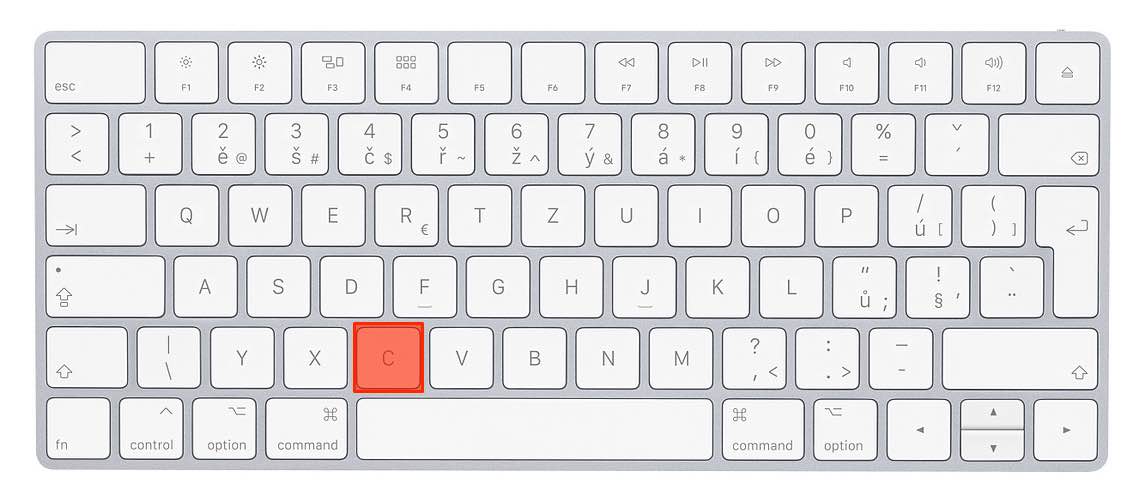
Netboot server
Netboot mode allows system administrators to boot a computer from a network image. The vast majority of standard users will not use this mode - it is more likely to be used in a corporate environment. Press and hold the N key to enter boot mode from a network image, use Option (Alt) + N to specify a specific image.
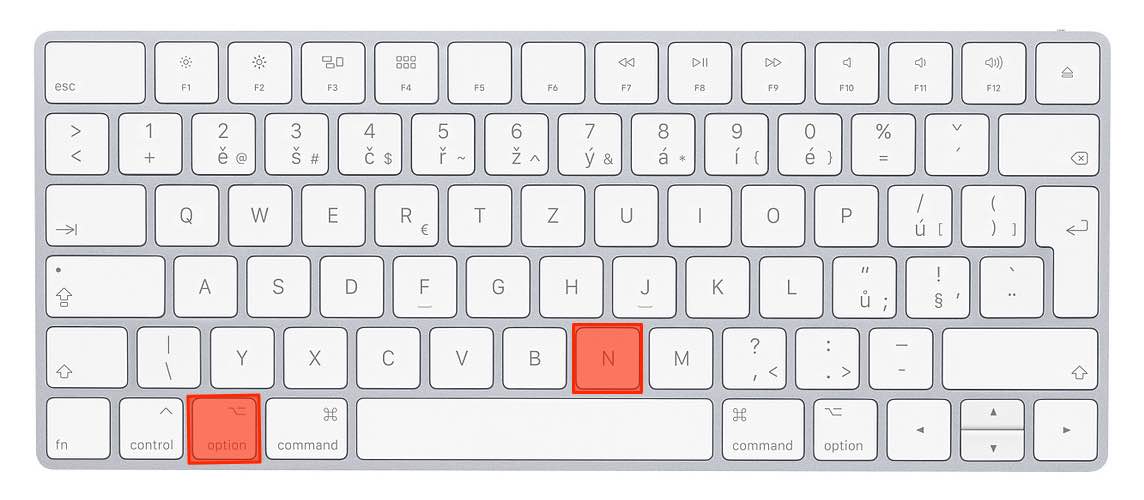
Deactivation of automatic login
If you have auto-login enabled on your Mac, you can temporarily disable it by holding down the left Shift key when the boot screen (Apple logo and status bar) appears. You will be redirected to the classic login screen where you can choose a login name and enter a password.
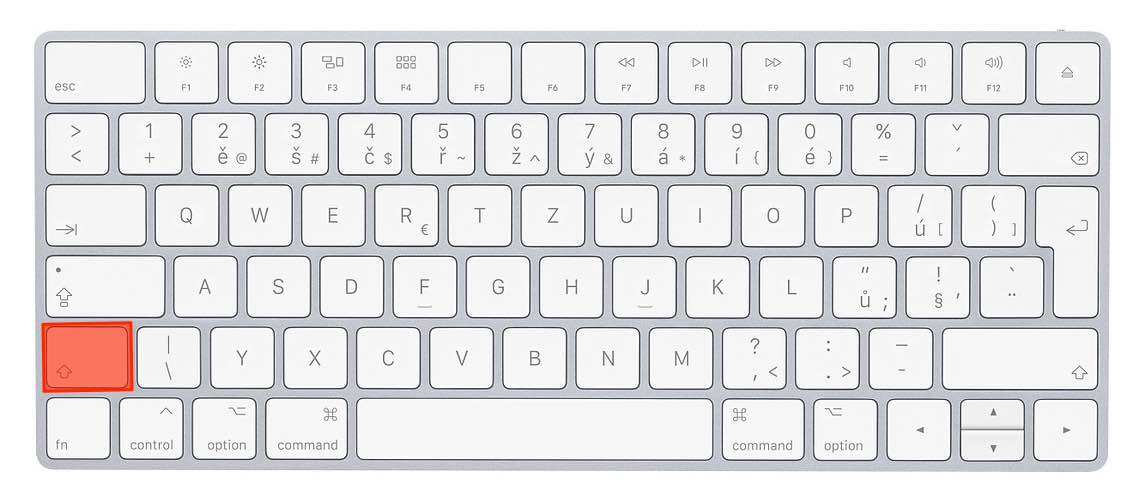
Clean start
If for some reason you need to ignore running applications during the last session, then immediately after filling in the password and confirmation (for example, by clicking Enter), hold down the Shift key. A so-called clean start is performed, when the system will ignore the last session and no application windows will open. This mode is especially useful when you start your Mac in front of someone who shouldn't see your private or sensitive information.

Reset PRAM/NVRAM - you have the wrong image (instead of the R key you have D) https://jablickar.cz/wp-content/uploads/2018/07/Reset-PRAM-NVRAM.jpg